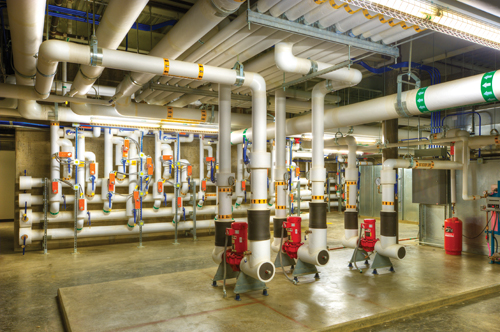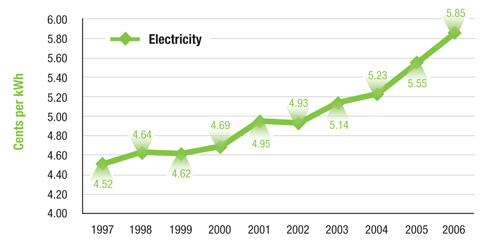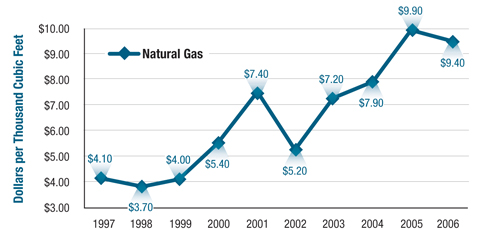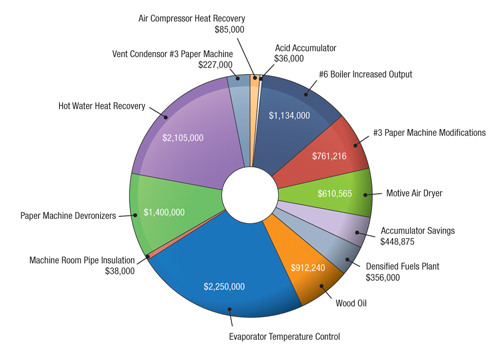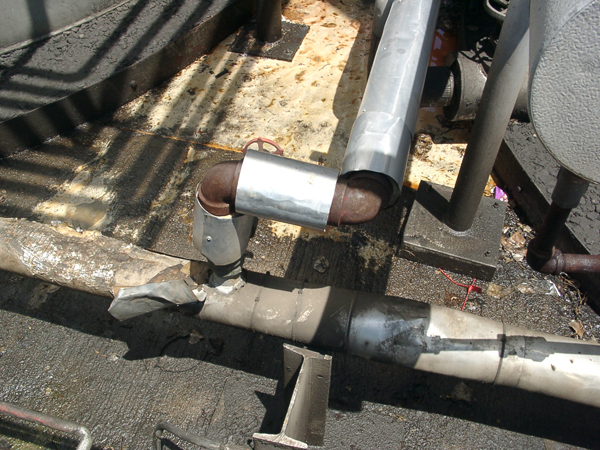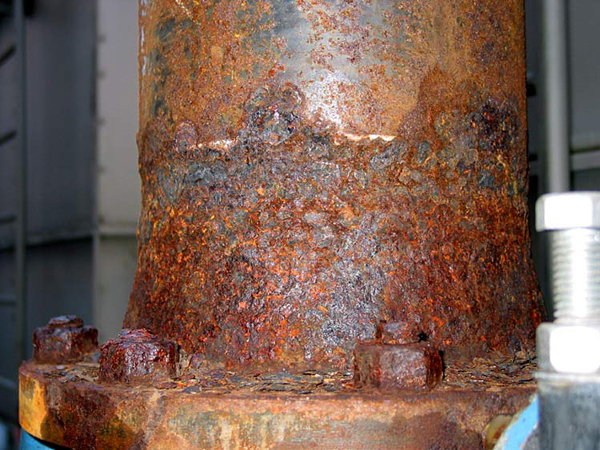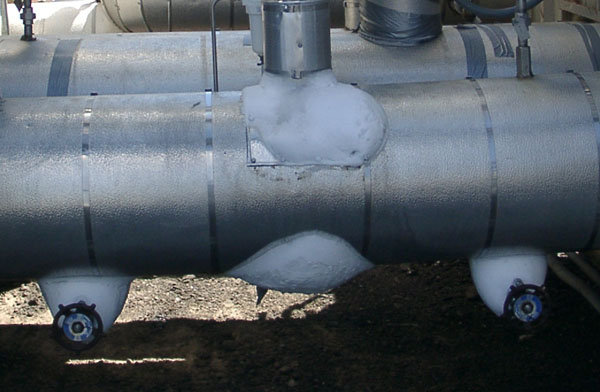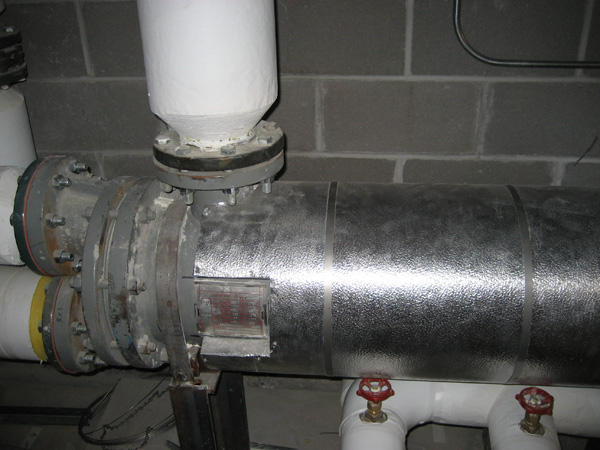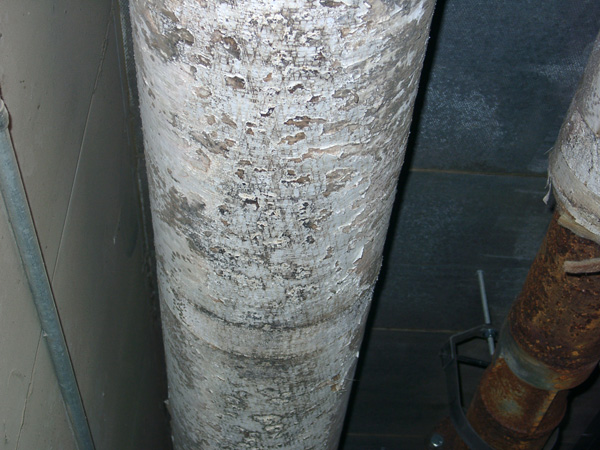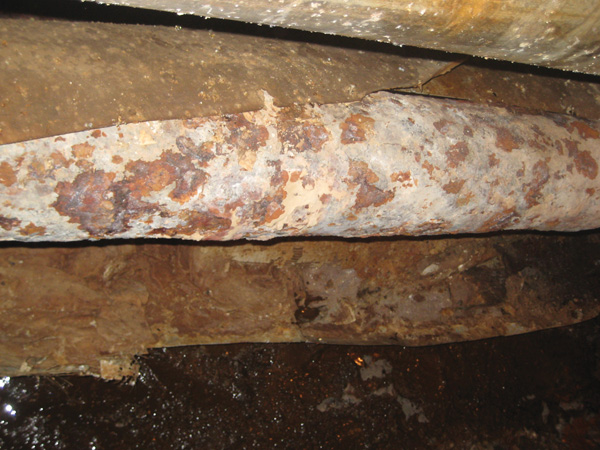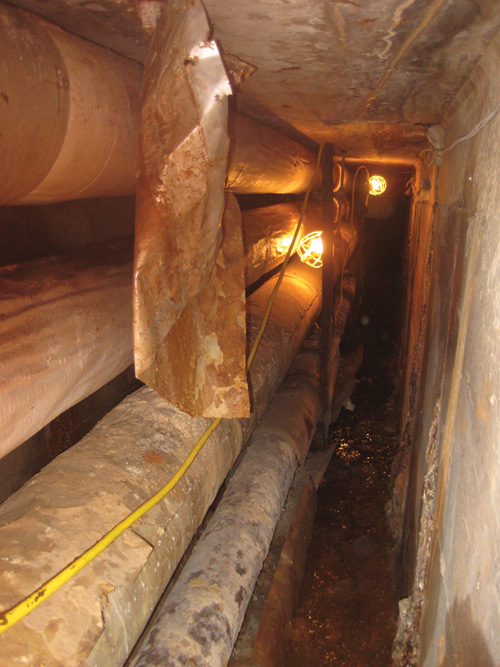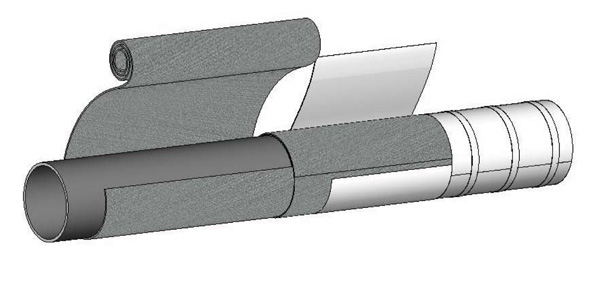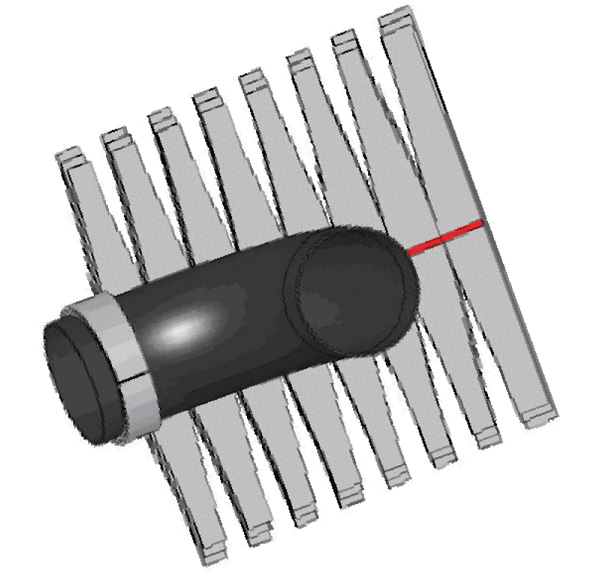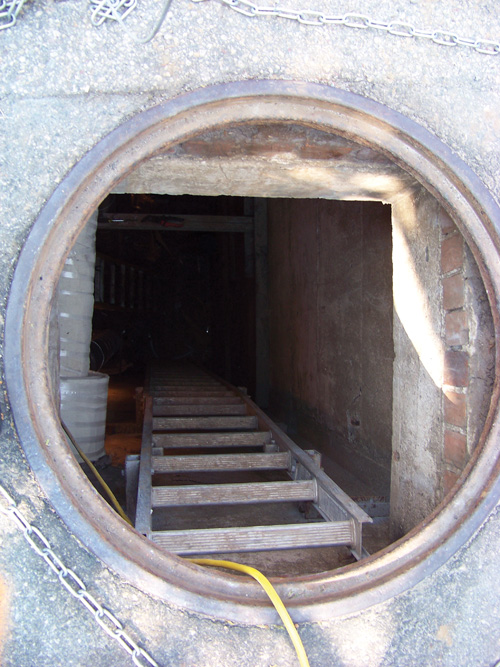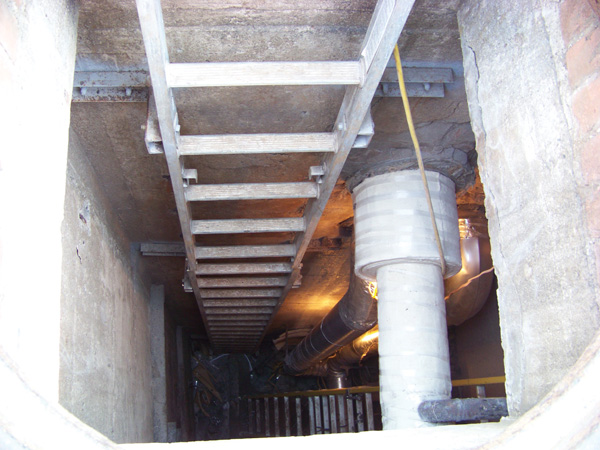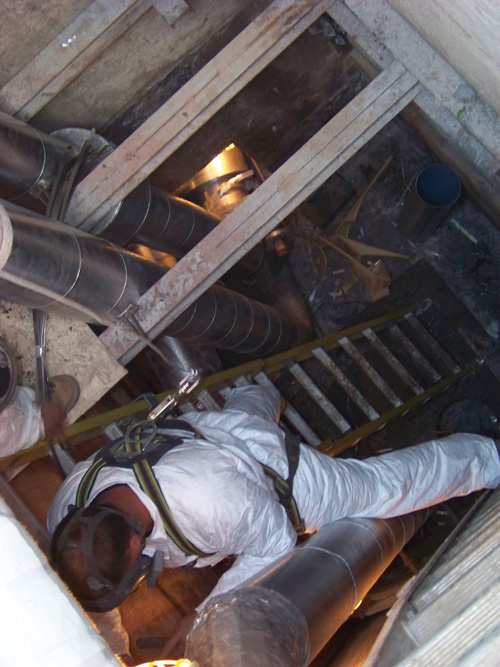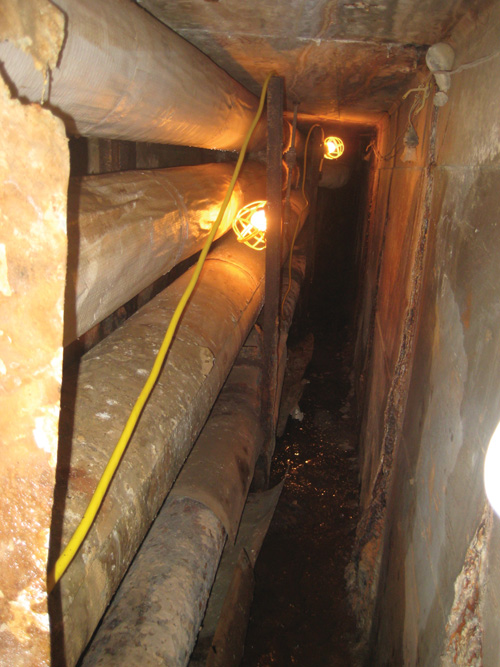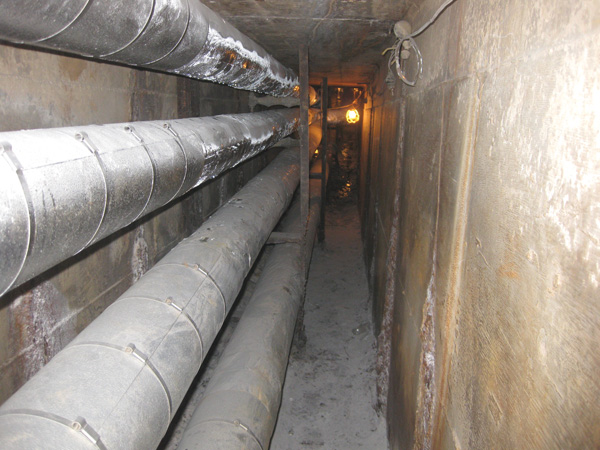What Makes Buildings Green?
The beginning of the twenty-first century has ushered in the era of green buildings. According to some estimates, there are approximately 81 million buildings in the United States.1 Most of these buildings use energy inefficiently, generate large amounts of waste in their construction and operation, and emit large quantities of pollutants and greenhouse gases. In contrast to conventional buildings, green buildings seek to use land and energy efficiently, conserve water and other resources, improve indoor and outdoor air quality, and increase the use of recycled and renewable materials. While green buildings still constitute a tiny subset of existing buildings, their numbers are increasing rapidly. In November 2006, the U.S. Green Building Council, the nonprofit group responsible for the creation of the Leadership in Energy and Environmental Design (LEED) green building rating system, announced that 623 buildings had achieved some level of LEED certification.2 As of December 2009 this number had grown to more than 2,400, and over 35,000 buildings were in the process of achieving some level of LEED certification.3
While the definition of what constitutes a green building is constantly evolving, the Office of the Federal Environmental Executive offers a useful working definition. This agency defines this term as:
the practice of (1) increasing the efficiency with which buildings and their sites use energy, water, and materials, and (2) reducing building impacts on human health and the environment, through better siting, design, construction, operation, maintenance, and removal—the complete building life cycle.4
Similarly, the Environmental Protection Agency (EPA) defines green building as follows:
The practice of creating structures and using processes that are environmentally responsible and resource-efficient throughout a building’s life-cycle from siting to design, construction, operation, maintenance, renovation, and deconstruction. This practice expands and complements the classical building design concerns of economy, utility, durability, and comfort. Green building is also known as a sustainable or ‘high performance’ building.5
Both of these definitions mention life cycle assessment (LCA). LCA is the investigation and valuation of the environmental, economic, and social impacts of a product or service. In the context of green buildings, LCA evaluates building materials over the course of their entire lives and takes into account a full range of environmental impacts, including a material’s embodied energy; the solid waste generated in its extraction, use, and disposal; the air and water pollution associated with it; and its global-warming potential. LCA is an important tool because it can demonstrate whether a product used in a green building is truly green.6
The Most Important Element:
The Efficient Use of Energy
Buildings can incorporate many green features, but if they do not use energy efficiently, it is difficult to demonstrate that they are truly green. In fact, given that the term “green building” can be somewhat vague, some people prefer to use the term “high-performance building.” A high-performance building is a building whose energy efficiency and environmental performance is substantially better than standard practice.7
Although green buildings, on average, use less energy than conventional buildings, energy efficiency remains elusive. In fact, there is a growing debate whether buildings that achieve some level of LEED certification are more efficient in their use of energy than regular buildings.8 Fortunately, there are numerous ways to improve a building’s energy efficiency, from insulating walls to installing automatic shutoff switches for lights. Energy efficiency can be and often is mandated by local and state energy codes, which require that new and substantially renovated buildings comply with increasingly stringent energy efficiency requirements.9 It suffices to say that if a building is not energy-efficient, it cannot be said to be green.
The Reality of the Built Environment: The Problem of Existing Buildings
Although green buildings represent the next phase of buildings, the reality is that the vast majority of buildings are not green, and these buildings will continue to be used for many years to come. Improving the energy efficiency of existing buildings typically involves a process called retrofitting, which can mean anything from installing more energy-efficient fixtures to increasing the amount of insulation in a building. The U.S. Green Building Council has a rating standard specifically focused on existing buildings, referred to as LEED-EBOM (EBOM stands for “existing buildings operation and maintenance”). While greening existing buildings does not receive the attention that new green buildings do, it is certainly more important when looking at reducing the environmental impacts of buildings nationwide.
Impacts of Conventional Buildings
That Green Buildings Seek to Rectify
The environmental impacts of buildings are enormous. Conventional buildings use large amounts of energy, land, water, and raw materials for their construction and operation. They are responsible for large greenhouse gas (GHG) emissions as well as emissions of other harmful air pollutants. They also generate large amounts of construction and demolition (C&D) waste and have serious impacts on plants and wildlife. An analysis of these issues demonstrates the scope of the problem.
Energy Use in Buildings
Worldwide, buildings consume massive amounts of energy. The United Nations Environment Programme has reported that 30–40 percent of all primary energy produced worldwide is used in buildings.10 In 2008, the International Energy Agency released a publication that estimated that existing buildings are responsible for more than 40 percent of the world’s total primary energy consumption and for 24 percent of global CO2 emissions.11
The picture in the United States is strikingly similar. In 2004, EPA found that buildings account for 39 percent of total energy use and 68 percent of total electrical consumption.12 According to the U.S. Department of Energy (DOE), in 2006 buildings in the United States used 74.2 percent of all electricity generated.13 A report by the U.S. Energy Information Agency (EIA) estimated that 60 percent of the nation’s electrical production is utilized to operate commercial buildings, which include those used for education, mercantile, office, storage, and warehouse purposes.14 By any measure, buildings are responsible for using much of the energy produced today.
In addition, energy consumption is rising. In 2007, DOE projected that energy use in the United States will increase by approximately 19 percent by 2025.15 But that is only half of the problem. Not only does this country use a lot of energy, it does so inefficiently. America uses twice as much energy per unit of economic output as Germany, and nearly three times as much as Japan.16
Fortunately, there are many ways to improve a building’s energy efficiency. Simple measures such as weatherstripping, maintaining entry door closers, and installing storm windows as a low-cost alternative to replacements are usually the low-hanging fruit in weatherization. In addition, adding insulation materials to new and existing frame construction buildings is a proven and relatively inexpensive way to improve building energy efficiency with respect to heating and cooling. New innovations in insulation can reduce the energy used in manufacturing insulation and allow insulation to be recycled or biodegradable. Mineral, fibrous, and cellulose-derived materials are now available for insulation purposes.
Another large user of energy is a building’s heating, ventilation, and air-conditioning (HVAC) system. Properly designed and installed HVAC systems can reduce the amount of energy used for heating and cooling a building. An HVAC system includes a heater, air conditioner, and fan in one system and operates at a partial load nearly all the time. The design of the HVAC system as a whole-system mechanism saves energy by monitoring airflow and keeping the indoor temperature fairly constant. An HVAC system must have a correctly designed distribution system to minimize the amount of airflow (and thus energy) necessary to heat and cool the building. In addition, allowing building occupants to individually control heating and cooling in their living or working spaces is an effective way to reduce energy use.
Electric lighting consumes about one-quarter to one-third of the energy in a typical commercial building.17 Lighting also generates heat, so reducing the amount of energy consumed for lighting through effective and efficient lighting also reduces the size of a building’s air-conditioning plant. Building information modeling (BIM) enables building design and construction teams to draw and test the building’s operating systems, such as electricity or hot water, in one computer model. Modeling buildings with BIM can aid in quantitative energy analysis, connecting complex systems and allowing more precise analysis for better energy use.
Greenhouse Gas Emissions and Indoor Air Pollution
Given that buildings use large amounts of energy, and given that most of this energy comes from the burning of fossil fuels, it is not surprising that buildings in the United States are responsible for many millions of tons of GHG emissions annually. DOE has estimated that in 2006, buildings in the United States emitted 630 million metric tons of GHG emissions, approximately equal to the combined emissions of the United Kingdom, France, and Japan.18 U.S. buildings by themselves emit more GHGs than any other country in the world except China.19 On a percentage basis, buildings in the United States are responsible for approximately 40 percent of the country’s total GHG emissions.20
Unfortunately, greenhouse gases are not the only harmful pollutants that buildings emit. Indoor levels of air pollution may greatly exceed outdoor levels. Indoor air pollution is particularly important given that we spend most of our time indoors. The EPA has estimated that indoor levels of pollution may be two to five times higher, and occasionally more than 100 times higher, than outdoor air pollution levels.21 This pollution can come from a wide variety of sources.
One way to reduce the presence of these toxins is to ensure that indoor air is frequently replaced by outdoor air and to ensure that this outdoor air is properly filtered.22 Unfortunately, buildings are often poorly ventilated and do not sufficiently filter the air that is recirculated, leading to air that is potentially harmful to building occupants’ health. It has been estimated that the annual cost of building-related sickness is $58 billion.23
A primary consideration of green buildings is the health and well-being of their occupants. Many older buildings suffer from what is commonly referred to as “sick building syndrome.” According to the EPA, this term is used to describe situations in which building occupants experience acute health and comfort effects that appear to be linked to time spent in a building, but no specific illness or cause can be identified.24 Causes of sick building syndrome typically include inadequate ventilation, chemical contaminants from indoor and outdoor sources, and biological contaminants such as mold. The first step in eliminating the causes of sick building syndrome is carefully choosing the materials that are used in the building. Construction materials and interior finish products should be chosen that emit zero or low levels of volatile organic compounds (VOCs), which are harmful to humans and can vaporize at room temperature in a process called “off-gassing.”
Another important step in eliminating the causes of sick building syndrome is the building’s design. Green buildings are typically designed to provide adequate ventilation of air into them as well as filtration of this air to remove hazardous particles. Ventilation provides for the dilution of indoor air pollutants. In general, increasing the rate at which outdoor air is supplied to a building decreases the effect of these pollutants. Building ventilation can be done by natural or mechanical means. Air moves into and out of naturally ventilated buildings through windows, doors, vents, and other openings incorporated into the building design. Mechanical ventilation is accomplished by using HVAC systems to ventilate buildings.
Construction Materials
Building construction is a multibillion-dollar industry and requires the constant production and harvesting of millions of tons of a variety of raw materials to meet worldwide demand. By any measure, the amount of raw materials used in buildings is mammoth. Worldwide, construction activities consume 3 billion tons of raw materials each year, and it has been estimated that the construction industry consumes half of all products produced by volume.25 In the United States, buildings account for 40 percent of all raw materials used by volume.26
A crucial part of green buildings is the material that is used in their construction. Although definitions vary, green building materials are generally composed of renewable rather than nonrenewable resources and are environmentally responsible because their impacts are considered over the life of the product. In addition, green building materials generally result in reduced maintenance and replacement costs over the life of the building, conserve energy, and improve occupant health and productivity. Green building materials can be selected by evaluating characteristics such as reused and recycled content, zero or low off-gassing of harmful air emissions, zero or low toxicity, sustainably and rapidly renewable harvested materials, high recyclability, durability, longevity, and local production.
Construction, Operation, and Demolition Waste
Building C&D waste in the United States totals approximately 136 million tons annually, accounting for nearly 60 percent of total non-industrial waste generation. By way of comparison, the entire amount of municipal waste generated in the United States every year totals 209.7 million tons.27 According to some estimates, four tons of waste are typically deposited into a landfill during the construction of a new 2,000-square-foot home.28 Construction waste consists primarily of lumber and manufactured wood products (35 percent), drywall (15 percent), masonry materials (12 percent), and cardboard (10 percent). The remainder is a mix of roofing materials, metals, plaster, plastics, foam, insulation, textiles, glass, and packaging.29 Although much of this material is recyclable, most of it is deposited into landfills.30
Green buildings generally seek to minimize the amount of C&D waste they generate. One way they do this is by recycling or reusing C&D waste, such as by using inert demolition materials as base material for parking lots and roadways. For sites that include the demolition of existing structures, plans can be developed early in the design process to manage and reuse as much material as possible through the deconstruction, demolition, and construction processes. Demolition generates large amounts of materials that can be reused or recycled—principally wood, concrete and other types of masonry, and drywall. Rather than demolishing an entire building, all or part of a building can be deconstructed. Building deconstruction is the orderly dismantling of building components for reuse or recycling. In contrast to building demolition, deconstruction involves taking apart portions of buildings or removing their contents with the primary goal being reuse.
The Role of Lawyers in Green Building
Because green buildings are a relatively new phenomenon, there have been relatively few reported decisions that involve green building–related disputes.31 However, there are a number of issues unique to green building that are likely to become the subject of litigation in the near future. For example, what party is responsible if a building loses green building tax credits because of construction delays? On a more fundamental level, are laws that mandate certain green building standards unconstitutional if they delegate legislative functions to non-legislative branch entities?
Perhaps the most common issue faced by contractors, design professionals, and owners is that they fail to understand that there is a difference between a normal construction project and a green construction project. Consequently, parties often rely on standard contracts that do not necessarily address the risks unique to such projects. Failure to recognize such risks creates the potential for disputes and litigation at some point in the process.
Many legal issues involving green buildings will likely be familiar ones—e.g., drafting and negotiating of contracts and leases for green buildings, advising clients regarding applicable green building laws and incentives, and litigating liability issues, to name a few. However, many legal issues will be entirely new. For example, how will buildings be affected by economy-wide cap-and-trade greenhouse gas regulations that may be adopted in the near future? How will buildings adapt to the effects of climate change, and what laws will need to be put into place to ensure that building infrastructure is properly protected? What laws and regulations will need to be adopted to ensure that buildings will continue to become more energy-efficient and more reliant on renewable sources of energy? These and many more issues have yet to be fully addressed, and attorneys will play a crucial part in answering them.
Notes
1. U.S. Dept. of Energy Buildings Technology Program, Obama Administration Launches New Energy Efficiency Efforts (June 29, 2009), available at www1 .eere.energy.gov/buildings/news_detail.html?news_id=12607.
2. Jerry Yudelson, Where Are All the LEED Projects?, Table 2 (July 12, 2007), available at www.sustainablefacility.com/Articles/Leed/BNP_GUID_9-5-2006_A_ 10000000000000134921.
3. See U.S. Green Building Council, About USGBC, available at www .usgbc.org/DisplayPage.aspx?CMSPageID=124.
4. OFFICE OF THE FEDERAL ENVIRONMENTAL EXECUTIVE, THE FEDERAL COMMITMENT TO GREEN BUILDING: EXPERIENCES AND EXPECTATIONS, available at www.ofee.gov/sb/fgb_report.asp.
5. EPA, GREEN BUILDING, available at www.epa.gov/greenbuilding/pubs/about.htm.
6. In May 2008, the International Organization for Standardization (ISO) released a set of principles for evaluating building products throughout their life cycle. The standard, referred to as Sustainability in Building Construction—General Principles (ISO 15392:2008), is available for purchase at www.iso.org/iso/iso_catalogue/catalogue_tc/catalogue_detail.htm?csnumber=40432.
7. See U.S. Department of Energy, Office of Energy Efficiency and Renewable Energy, About High Performance Buildings, available at www.eere.energy.gov/buildings/highperformance/design_approach.html.
8. See, e.g., HENRY GIFFORD, A BETTER WAY TO RATE GREEN BUILDINGS: LEED SETS THE STANDARD FOR GREEN BUILDING, BUT DO GREEN BUILDINGS ACTUALLY SAVE ANY ENERGY? (2008). In the new update to the four primary LEED rating systems (new construction, existing buildings, commercial interiors, and core and shell), energy efficiency now accounts for more than one-third of all possible points. In addition, the LEED rating systems have upgraded to a more current energy efficiency standard—the American Society of Heating, Refrigeration, and Air-Conditioning Engineers (ASHRAE) Standard 90.1-2007.
9. For example, The New York State Energy Conservation and Construction Code, otherwise known as the State Energy Code and most recently updated in April 2008, encompasses commercial provisions based on the text of the International Energy Conservation Code (IECC) 2003 and ASHRAE 90.1-2004. All building-related codes in New York are currently reviewed and updated on a three-year cycle.
10. U.N. Environment Programme, Buildings and Climate Change: Status, Challenges and Opportunities 4 (2007), available at http://smap.ew.eea.europa.eu/media_server/files/R/S/UNEP_Buildings_and_climate_change.pdf.
11. INTERNATIONAL ENERGY AGENCY, PROMOTING ENERGY EFFICIENCY INVESTMENTS: CASE STUDIES IN THE RESIDENTIAL SECTOR, at 2 (2008).
12. U.S. Environmental Protection Agency, Buildings and the Environment: A Statistical Summary (Dec. 2004), available at epa.gov/greenbuildings/pubs/gbstats.pdf.
13. U.S. DEPT. OF ENERGY, 2008 BUILDINGS ENERGY DATA BOOK (Sept. 2008), available at buildingsdatabook.eere.energy.gov/docs%5CDataBooks%5CSEP_2008_BEDB.pdf.
14. See U.S. Energy Information Admin., Commercial Buildings Energy Consumption Survey, available at www.eia.doe.gov.
15. U.S. Dept. of Energy, Energy Information Administration, Annual Energy Outlook 2008 (Dec. 2007).
16. U.S. Dept. of Energy, Energy Information Administration, Annual Energy Review 2005 (June 2006).
17. See ENERGY STAR, LIGHTING (Energy Star Buildings Manual), at 1, available at www.energystar.gov/ia/business/BUM_lighting.pdf.
18. Annual Energy Outlook 2008, supra note 15. See generally GLOBAL CLIMATE CHANGE AND U.S. LAW (Michael B. Gerrard ed., Am. Bar Ass’n 2007).
19. KINZEY, THE FEDERAL BUILDINGS RESEARCH AND DEVELOPMENT PROGRAM: A SHARP TOOL FOR CLIMATE POLICY, 2000 ACEEE Proceedings, Sec. 9.21.
20. U.S. ENVIRONMENTAL PROTECTION AGENCY, BUILDINGS AND THE ENVIRONMENT: A STATISTICAL SUMMARY (Dec. 2004), available at epa.gov/greenbuilding/pubs/gbstats.pdf. In 2008, the International Energy Agency released a publication, Promoting Energy Efficiency Investments: Case Studies in the Residential Sector, which estimated that existing buildings are responsible for more than 40 percent of the world’s total primary energy consumption and for 24 percent of global CO2 emissions. The publication is available at iea.org/w/bookshop/add.aspx?id=326.
21. M. BAUM, GREEN BUILDING RESEARCH FUNDING: AN ASSESSMENT OF CURRENT ACTIVITY IN THE UNITED STATES 1 (2007). See also ENVIRONMENTAL LAW PRACTICE GUIDE, ch. 17C (M. Gerrard ed.) (LexisNexis Matthew Bender).
22. It should be mentioned that filtering air significantly increases building energy use.
23. See Green Building in North America: Opportunities and Challenges (Comm. for Env. Cooperation 2008), available at www.cec.org/files/PDF//GB_Report_EN.pdf.
24. INDOOR AIR FACTS NO. 4 (REVISED): SICK BUILDING SYNDROME (EPA Feb. 2008), available at www.epa.gov/iaq/pubs/sbs.html.
25. O. Hansen, Green Buildings: Small Business Innovation Research Special Solicitation Workshop (EPA March 2004).
26. Autodesk, Inc. 2005, Building Information Modeling for Sustainable Design, available at www.federalnewsradio.com/pdfs/BuildingInformationModelingfor SubstainableDesign-white%20paper.pdf.
27. BUILDINGS AND THE ENVIRONMENT: A STATISTICAL SUMMARY (EPA Dec. 2004), available at epa.gov/greenbuilding/pubs/gbstats.pdf.
28. ECO-WISE 2008, CONSTRUCTION WASTE: A SOURCEBOOK FOR GREEN AND SUSTAINABLE BUILDING, available at http://www.greenbuilder.com/sourcebook/ConstructionWaste.html.
29. Nebraska Energy Office, Construction Waste Minimization Methods, available at www.neo.ne.gov/home_const/factsheets/const_waste_min.htm.
30. Sustainable Sources, Construction Waste Recycling, available at constructionwaste.sustainablesources.com.
31. One such decision is AHRI v. City of Albuquerque, 2008 U.S. Dist. LEXIS 106706, *2 (D.N.M. Oct. 3, 2008)


